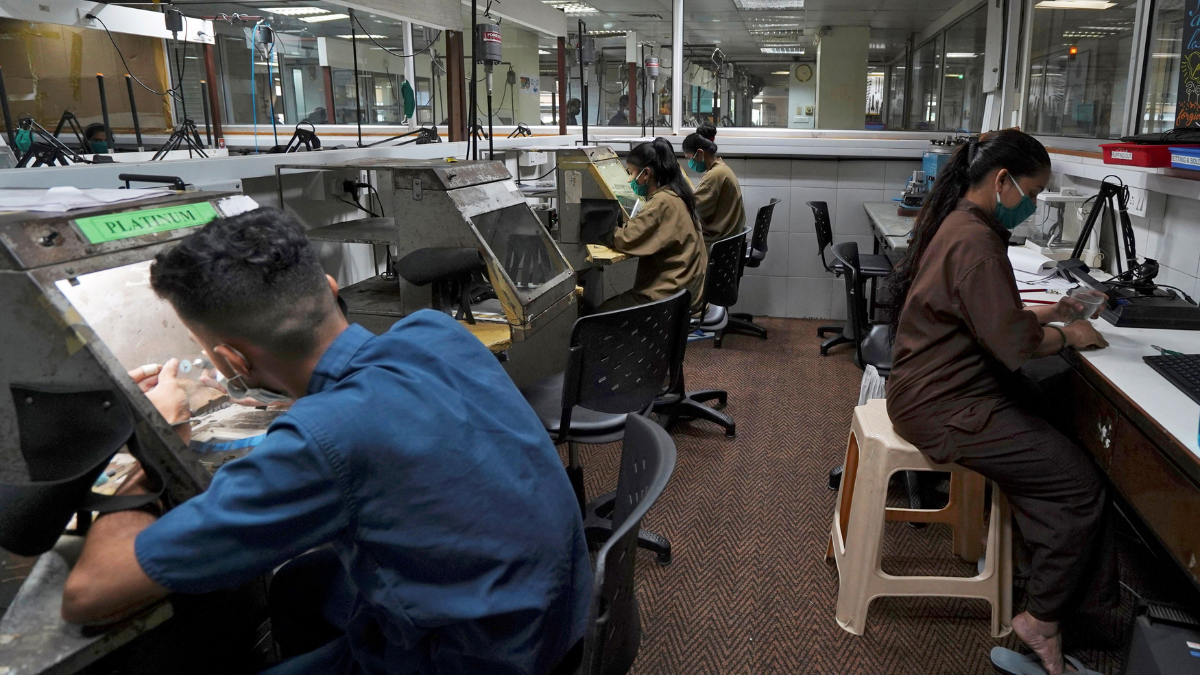The government is reportedly considering an employment-linked incentive scheme for companies that will focus on labour-oriented sectors such as textiles and apparel, toys, and furniture. This would be an important initiative as many more employment opportunities need to be created in the manufacturing and services sectors. The data on employment has been somewhat mixed. The KLEMs data from the Reserve Bank of India showed that 168 million workers were added between FY18 and FY24 and the rise in employment of 6% in FY24 over the previous fiscal was the highest since 1980-81. Even accounting for a low base in the Covid year, the rebound in job growth is good news. The Periodic Labour Force Survey data for FY24 also showed urban unemployment had fallen to 6.6% from 7.1% in the previous year. In FY23, total unemployment dropped to 3.2% from 4.1% in the previous year.
However, while both employment and the labour force participation rates improved sharply over the 2018-2023 period, this was driven to a large extent by rural female employment. As labour market expert Santosh Mehrotra has pointed out, agriculture accounted for 60 million of the roughly 80 million additional employment opportunities created during that time. This is a reversal of a structural change that had taken place from 2004-2019 when the absolute numbers of workers in agriculture fell. In fact, the share of “self-employed” persons went up by 510 basis points during this time, led by a sharp 470 bps increase in “helper in household enterprises” after the pandemic, while the share of salaried individuals fell. As such, while more jobs may have been created, experts believe these are not very well-paying ones. That’s not an encouraging trend. Indeed, high supply of labour in rural India together with elevated inflation have left real rural wages stagnating for some time now. Also, as the data shows, agriculture and allied activity — where most jobs are generated — has seen low labour productivity.
The news from the informal sector hasn’t been encouraging either. The number of workers employed in the sector fell by 1.64 million to 109.6 million in FY23 from 111.3 million in 2015-16, the annual survey of unincorporated enterprises shows. Again, while the increasing formalisation of the economy has seen subscriber additions to the Employees’ Provident Fund Organisation rising from 7.7 million in FY21 to 14.5 million in FY24, this doesn’t necessarily mean all additions are the result of new jobs. Gross additions to the payroll were lower last year at 10.9 million compared with 11.5 million in FY23. Researchers at International Monetary Fund have pointed out that manufacturing has added only 15 million jobs from 1995 to 2019.
 The irony here is that is that even as joblessness is high, companies are unable to hire enough skilled workers. One large conglomerate has said it is short of 45,000 workers and engineers across businesses. The skill shortage imposes an additional cost on companies of upskilling engineers or technical workers they hire. According to the latest India Skills Report, about 64% of engineering graduates and 40% of those from Industrial Training Institutes are employable. Overall, only about half the youth are found to have the necessary skills to be employable. Interestingly, even this discouraging picture is an improvement over 2014, when only 33.9% of the youth were considered employable. But that’s a small consolation. It is important to address the issue through better education and training with programmes aligned to the needs of industry.
The irony here is that is that even as joblessness is high, companies are unable to hire enough skilled workers. One large conglomerate has said it is short of 45,000 workers and engineers across businesses. The skill shortage imposes an additional cost on companies of upskilling engineers or technical workers they hire. According to the latest India Skills Report, about 64% of engineering graduates and 40% of those from Industrial Training Institutes are employable. Overall, only about half the youth are found to have the necessary skills to be employable. Interestingly, even this discouraging picture is an improvement over 2014, when only 33.9% of the youth were considered employable. But that’s a small consolation. It is important to address the issue through better education and training with programmes aligned to the needs of industry.




)






